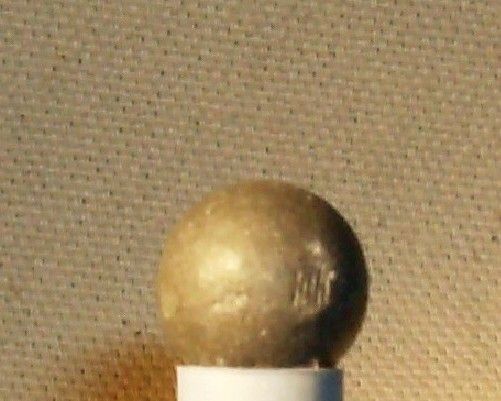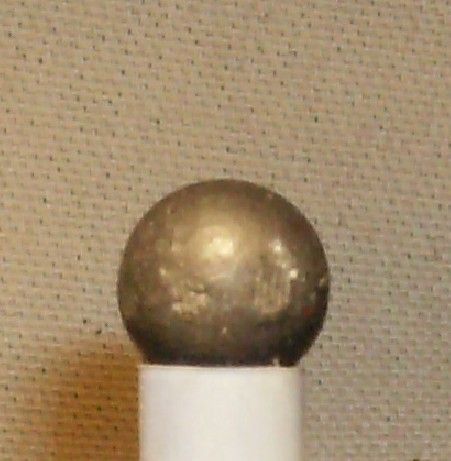pepperbelly
45 Cal.
- Joined
- Nov 1, 2004
- Messages
- 895
- Reaction score
- 3
I have read many threads about roundballs needing to be pure lead- no alloys or wheel weights.
Why? Isn't it the patch that goes into the grooves? The roundball is slightly less than the bore diameter of the lands. The ball doesn't lose shape and become oval, does it?
I am not trying to be difficult. I am trying to understand why a hard alloy, like wheel weights, is bad.
What happens when a roundball is cast from a hard alloy?
Thanks,
Jim
Why? Isn't it the patch that goes into the grooves? The roundball is slightly less than the bore diameter of the lands. The ball doesn't lose shape and become oval, does it?
I am not trying to be difficult. I am trying to understand why a hard alloy, like wheel weights, is bad.
What happens when a roundball is cast from a hard alloy?
Thanks,
Jim









